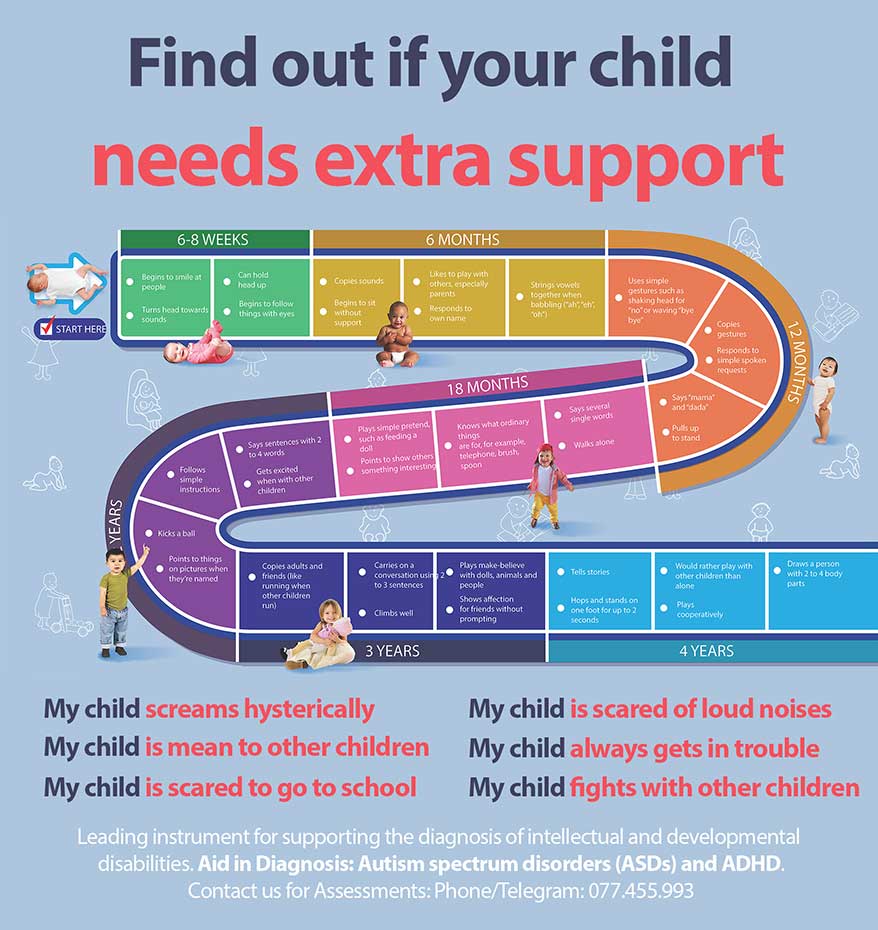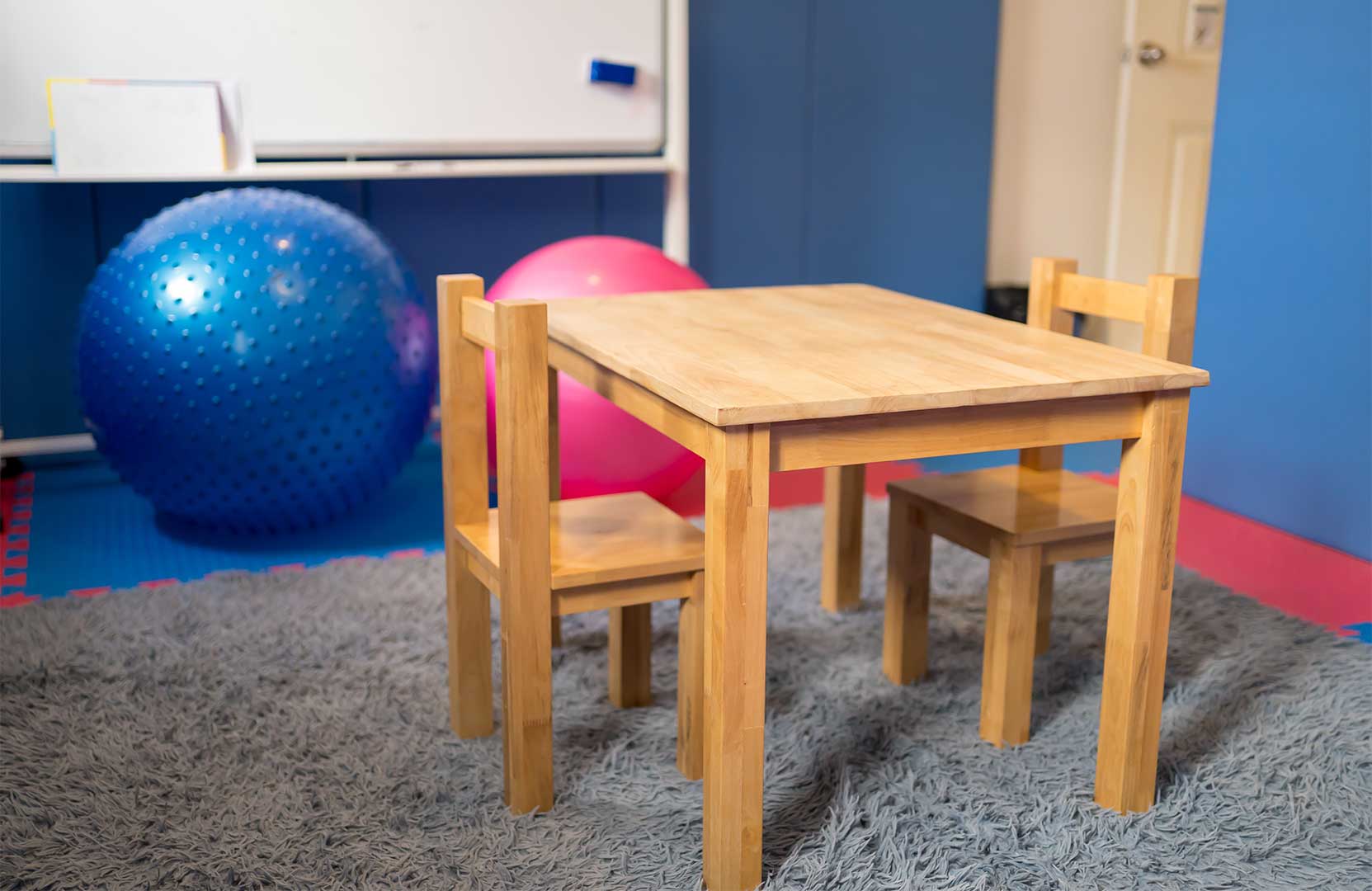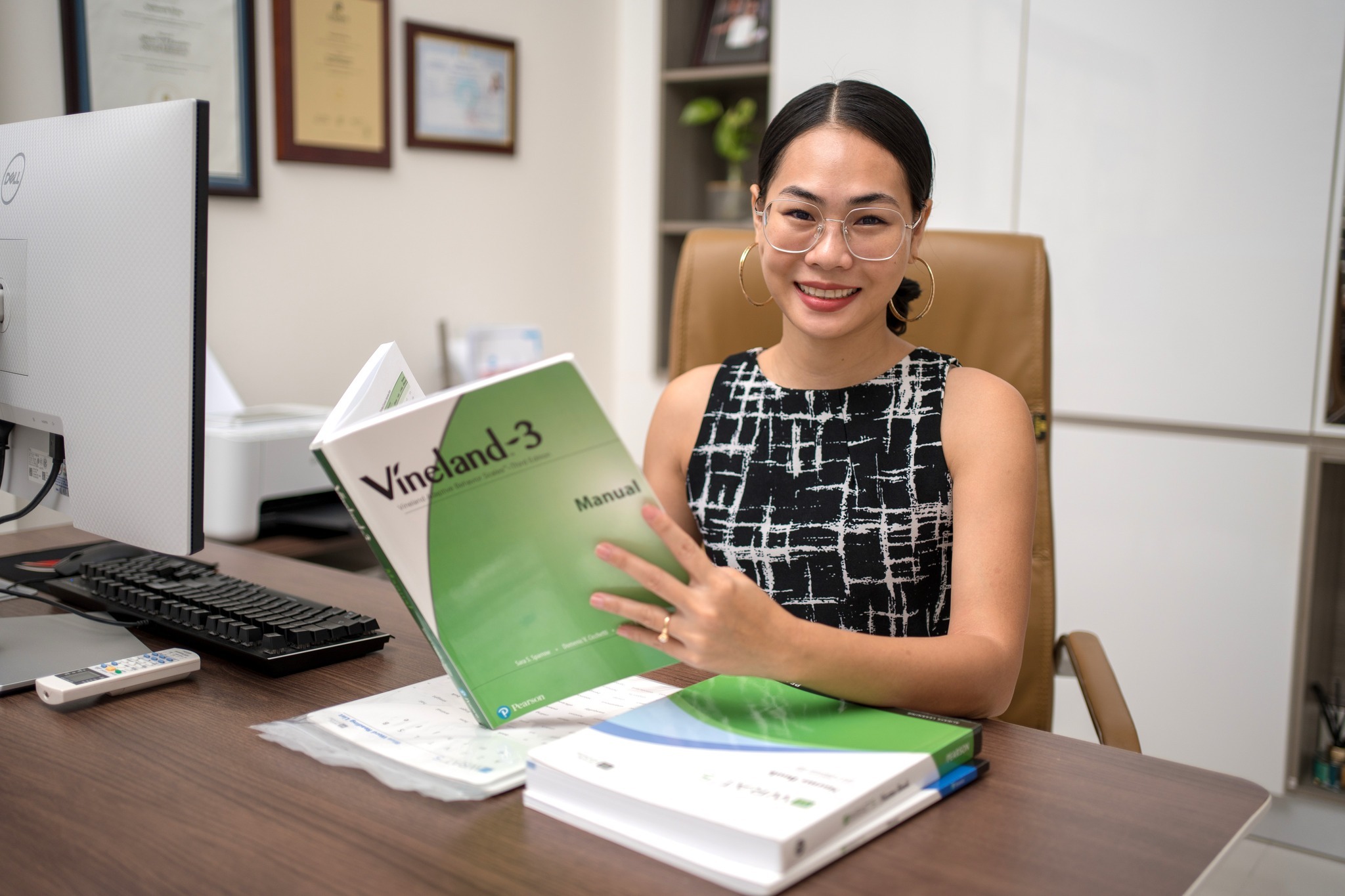Transition planning is a process to help students with disabilities prepare for life after high school. It is an important part of the Individualized Education Program (IEP) and should begin by the time the student is 14 years old.
Transition planning should be a collaborative process involving the student, their family, teachers, and other professionals. The goal is to develop a plan that will help the student achieve their goals in areas such as education, employment, and independent living.
Why is transition planning important?
Transition planning is important because it helps students with disabilities develop the skills and knowledge they need to be successful after high school. It also helps them to understand their rights and responsibilities as adults.
Research has shown that students with disabilities who participate in transition planning are more likely to be employed, attend college, and live independently after high school.
What are the components of a transition plan?
A transition plan should include the following components:
- Goals: The student’s post-secondary goals should be identified and documented in the transition plan. These goals should be specific, measurable, achievable, relevant, and time-bound.
- Services: The services and supports that the student needs to achieve their goals should be identified in the transition plan. These services may include academic support, vocational training, and independent living skills training.
- Responsibilities: The responsibilities of the student, family, school, and other agencies involved in the transition process should be identified and documented in the transition plan.
How to develop a transition plan
To develop a transition plan, the following steps should be taken:
- Meet with the student and their family to identify the student’s strengths, weaknesses, interests, and goals.
- Gather information about the student’s academic achievement, extracurricular activities, and work experience.
- Identify the services and supports that the student needs to achieve their goals.
- Develop a plan that includes specific goals, services, and responsibilities.
- Review and update the transition plan annually.
Tips for successful transition planning
Here are some tips for successful transition planning:
- Start early. Transition planning should begin by the time the student is 14 years old. This will give the student and their family plenty of time to explore options and develop a plan.
- Involve the student. The student should be the lead participant in the transition planning process. They should have a say in their goals and the services they receive.
- Set realistic goals. The student’s goals should be challenging but achievable.
- Be flexible. Things may change during the transition process. Be prepared to adjust the transition plan as needed.
- Communicate regularly. The student, family, school, and other agencies involved in the transition process should communicate regularly to ensure that everyone is on the same page.
Transition planning is an important process for students with disabilities. It can help them to achieve their goals and live successful lives after high school. If you are the parent of a student with a disability, be sure to talk to their school about transition planning.
Find out if your child needs extra support today!
- My child screams hysterically
- My child is mean to other children
- My child is always worried
- My child is scared to go to school
- My child is scared of loud noises
- My child doesn’t know how to read
- My child is scared to play outside
- My child does not respond to his name
- My child always gets in trouble
- My child fights with other children
- My child doesn’t know how to count
If you are concerned about your child’s development, contact us for Assessments: Phone/Telegram: 077.455.993 – Telegram Link: https://t.me/OrbRom
If you are concerned about your child’s development, contact us for Assessments.
Phone/Telegram: 077.455.993 Link: https://t.me/OrbRom






Leave A Comment